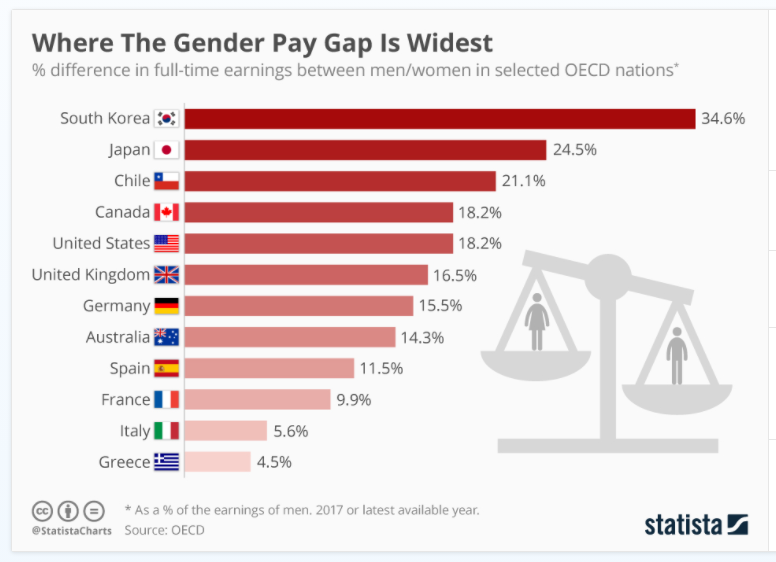As we move further into 2021, it’s important to recognize that although there have been lots of improvement in workplace diversity, one area that still needs work is the recruiting and the job search process.
Great candidates are often left out in the cold due to unconscious bias or poor hiring practices. Men and women each undertake their job searches very differently, and recruiters don’t necessarily recognize these nuances, which can hurt their chances of attracting a diverse talent pool.
That’s according to LinkedIn’s new “Gender Insights Report,” which sheds light on how gender affects the behaviors and interactions between candidates and employers. The data, “based on billions of interactions,” is very telling.
Whether you’re a man or a woman on the job hunt, here are some surprising conclusions to take note of, along with tips that will ensure you get a fair shot at being considered for an open job role:
1. Both men and women are open to new job opportunities at nearly the same rate (90 percent and 88 percent, respectively).
Advice to job seekers: Keep it up. It’s healthy to look for new opportunities. Do your research and get a clear sense of your market value. Look closely into the employer’s website and job listing to make sure the company culture and role reflects what you’re looking for. Are there flexible benefits? Are your missions aligned? If you have connections who previously worked (or currently do) at the company, ask about their experience.
2. Women are more selective in their job search. They apply to 20 percent fewer jobs compared to men. Why? They’re more likely to apply only when they feel they meet 100 percent of the requirements, whereas men will apply after meeting just 60 percent of the requirements.
Advice to job seekers: If you see a position you want, but don’t feel entirely qualified for, be willing to stretch it out and apply for the job anyway. Don’t screen yourself out of a process where you may be considered.

3. Referrals are one of the strongest considerations for hiring. Men do a great job of asking for referrals and this helps them get hired. Women are 26 percent less likely to ask for one.
Advice to job seekers: When applying for a role, find out who you know that works there, look for connections, and reach out and ask for a referral or introduction. For those in leadership positions, actively seek out opportunities to recommend a female candidate for an opportunity.
4. Openly sharing pay and benefits information is the most important factor for all candidates.
Advice to job seekers: Request information about the compensation elements that are important to you, and don’t be afraid to ask follow-up questions if the answers are vague.
5. Hiring managers are more likely to click on male candidates’ profiles or job applications. And once they do, they typically find them equally qualified as the women who apply.
Advice to job seekers: In addition to applying through the formal process, consider sending a personal email to the hiring manager or company’s HR department. This will ensure that your application doesn’t get overlooked due bias — unconscious or otherwise.


